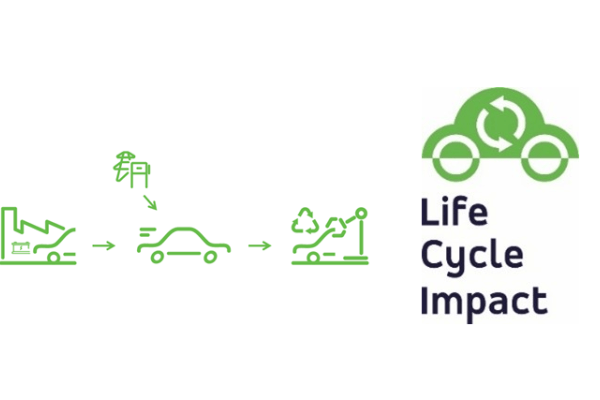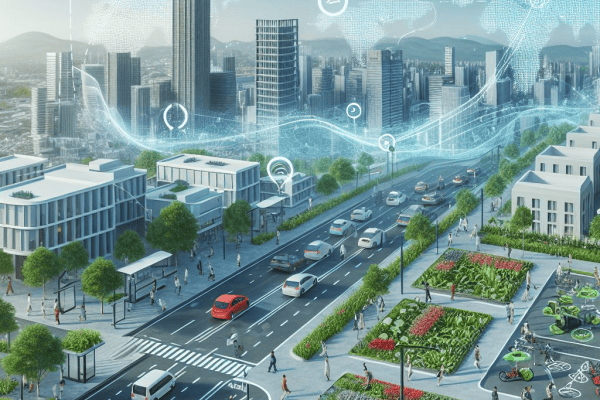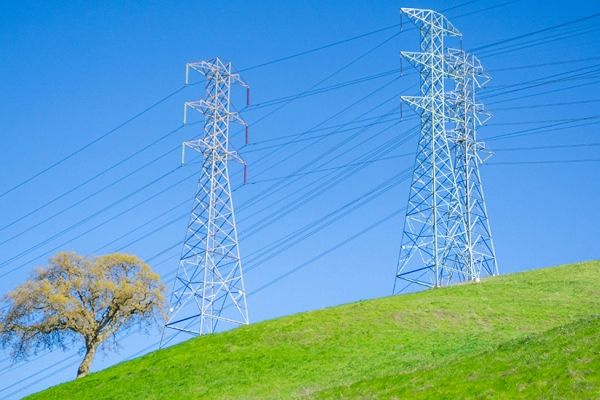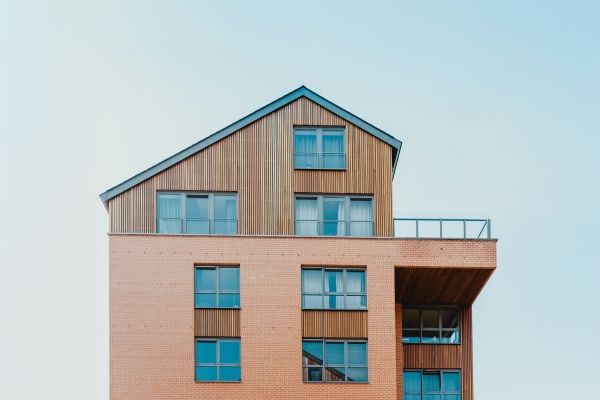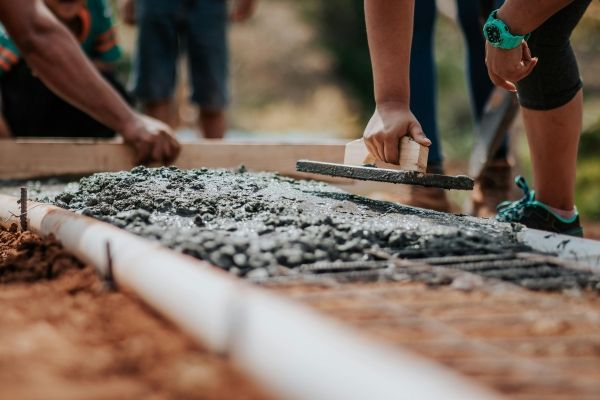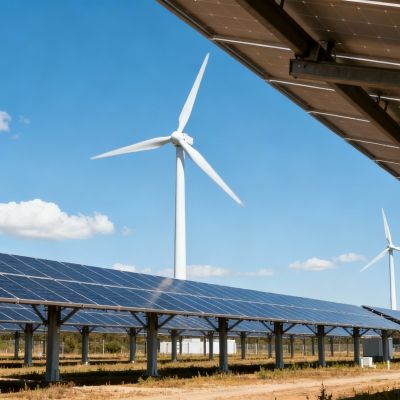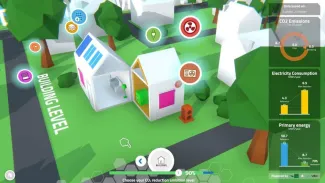
Urban Energy Pathfinder: cost effective energy planning for buildings, districts and cities
Urban Energy Pathfinder, developed by VITO/EnergyVille, is a comprehensive modelling system that calculates the most effective mix of measures to ensure that energy is used sustainably in a building, street, district, or city. The tool examines the energy savings along with the reduction in CO2 emissions and costs for each scenario. Wall, roof and window insulation, solar panels, heat pumps, charging infrastructure for electric vehicles, heat networks – all of these are possible.
Can we reduce the footprint of our built environment? Only if local districts also generate, store, distribute and consume their own energy. But what energy-efficient solar, wind, heat and biomass measures are necessary in order to reduce greenhouse gas emissions emanating from buildings, streets, districts or cities? And what investments will be the most cost effective?
The owners and managers of business parks, real estate developments, and urban developments are required to draw up plans that detail how they are going to reduce their CO2 consumption by 2050. Just like for city energy and climate action planning, Urban Energy Pathfinder provides support and assistance with drawing up plans and monitoring progress.
How the Urban Energy Pathfinder helps you prepare for the energy transition
Market potential studies
Reducing CO2 emissions when renovating buildings can be as simple as knowing the environmental footprint of different options. Urban Energy Pathfinder calculates the future market potential for renovation products including solar panels, HVAC, insulation, windows, doors, and heat pumps, enabling building owners to know the full impact of their options.
Building portfolio planning
Facility Managers, real estate management companies, and social housing organizations focus on a single building portfolio. Urban Energy Pathfinder gives them an aggregated view of the renovation needs of all their buildings, including the environmental impact of their options.
City energy and climate action planning
Belgian mayors have to draw up a climate energy action plan by the end of 2022 that includes their CO2 reduction and renewable energy targets for 2050. Urban Energy Pathfinder assists mayors and councils to draw up their plans and monitor their progress.
With the Urban Energy Pathfinder, you can identify for each zone or building:
- The energy consumption and the buildings at that location
- Potential collective renovation scenarios
- Opportunities for the production of renewable energy and for the use of heat networks
- The predicted residual demand for energy
- All of the costs and benefits of each measure
The Urban Energy Pathfinder benefits summed up for you
- Supports investment decisions to bring about a reduced carbon footprint
- Defines a mix of energy measures, such as building renovations and the local production of renewable energy
- Calculates the financial, energy and environmental impact of each measure





